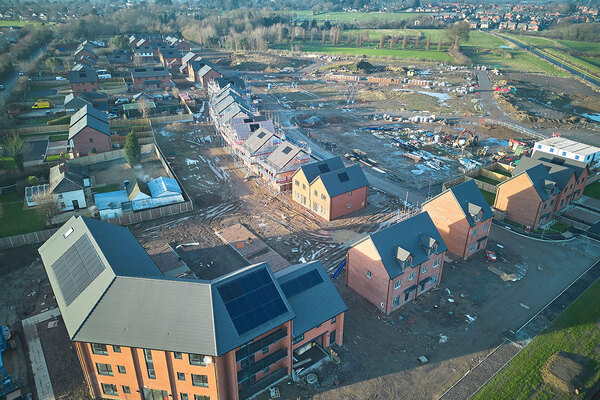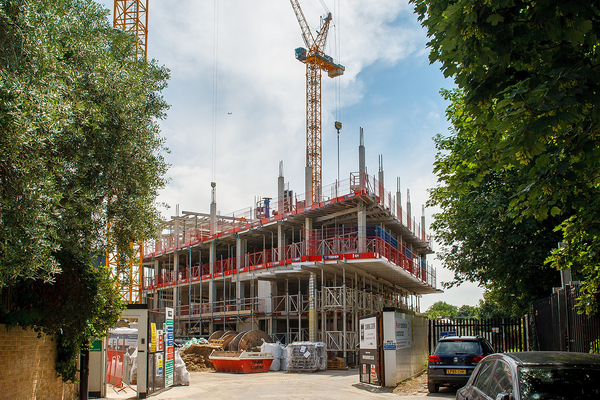Time to pull together to meet housing need
Ann Santry asks whether the current approach to development goes far enough to deliver the homes the country needs
There is, at last, consensus that we need more homes. Commentators are on board, while politicians from all parties are on message.
But as the lines between house builder, local authority and housing association blur, can we work more effectively together to supply the homes we need? And, importantly, where’s the debate about tenure and affordability?
Not too long ago, it was clear what the different housing providers delivered. The private sector did homes for sale, councils did low rents – if they were able to build at all – and housing associations produced as many sub-market and shared ownership homes as public funding would support.
These days, it’s much harder to tell us apart. Some housing associations are already major house builders, local authorities are setting up local housing companies, and commercial house builders are receiving public subsidy to help people get access to housing. We’re all operating in a similar space – depending on each other and competing with each other to succeed.
So is this new, emerging ecosystem a good thing? Are we producing more homes as a result, or are we just changing tenure?
And then there’s competition. With more of us looking to provide new homes, and a finite supply of developable land, it seems to me there’s a risk of simply pushing up the price of land and of the Section 106 opportunities.
“Wouldn’t it be great if we could harness the skills of all the different players, to deliver our shared ambition for more homes?”
And when the next market correction happens, potentially all players depending on market sales will be impacted. We’re all increasingly pro-cyclical. So who will be around to bulk buy unsold stock? And will the government be willing or able to prop up a failing market with public funds?
Of course, competition for land isn’t the only challenge we’re facing. The skills shortage is also an issue, and materials costs may increase as a result of Brexit.
We should rightly expect an increased need for reassurance about the safety and quality of our existing homes, following the tragedy at Grenfell Tower. This will push up labour costs in certain areas, and for some may mean more investment in existing stock, rather than new supply.
So in a complex environment, where everything’s changing and identities are unclear, how do we find our way through?
The UK has struggled to create a coherent, long-term housing strategy, and with 15 housing ministers in the past 20 years, it’s no surprise – although the recent White Paper was a real step forward.
To fix our “broken housing market” we need a cross-sector solution that produces more homes, but also continues to deliver low-cost rented homes that are so important to individuals, local economies, and society as a whole.
Our UK housing strategy needs to recognise that while organisations have different drivers, we also have a lot in common. Wouldn’t it be great if we could harness the skills and experience of all the different players, to deliver our shared ambition for more homes?
“If ever there was a time to pull together – across all market sectors – it is now.”
Government’s approach needs to recognise what we each bring to the table – procurement and construction expertise, land-buying skills, property management, access to funds.
But most of all, it needs to recognise the importance of scale. With shortages of labour and materials, it’s increasingly vital that we invest in consistent, efficient offsite manufacture. We need confidence that the pipeline will be there to make investment in this approach sustainable.
It seems to me that now is the time to share our strengths to maximise output. We should collaborate and use our complementary skills to produce a mix of homes at different price points, reflecting what our society really needs.
And government can collaborate too – to revisit how it invests in the housing market, both in terms of outright sale through Help to Buy and through grants for subsidised housing.
Grenfell has highlighted the shocking extremes of the housing market in one of the world’s wealthiest societies. If ever there was a time to pull together – across all market sectors – it is now.
Ann Santry, chief executive, Sovereign










